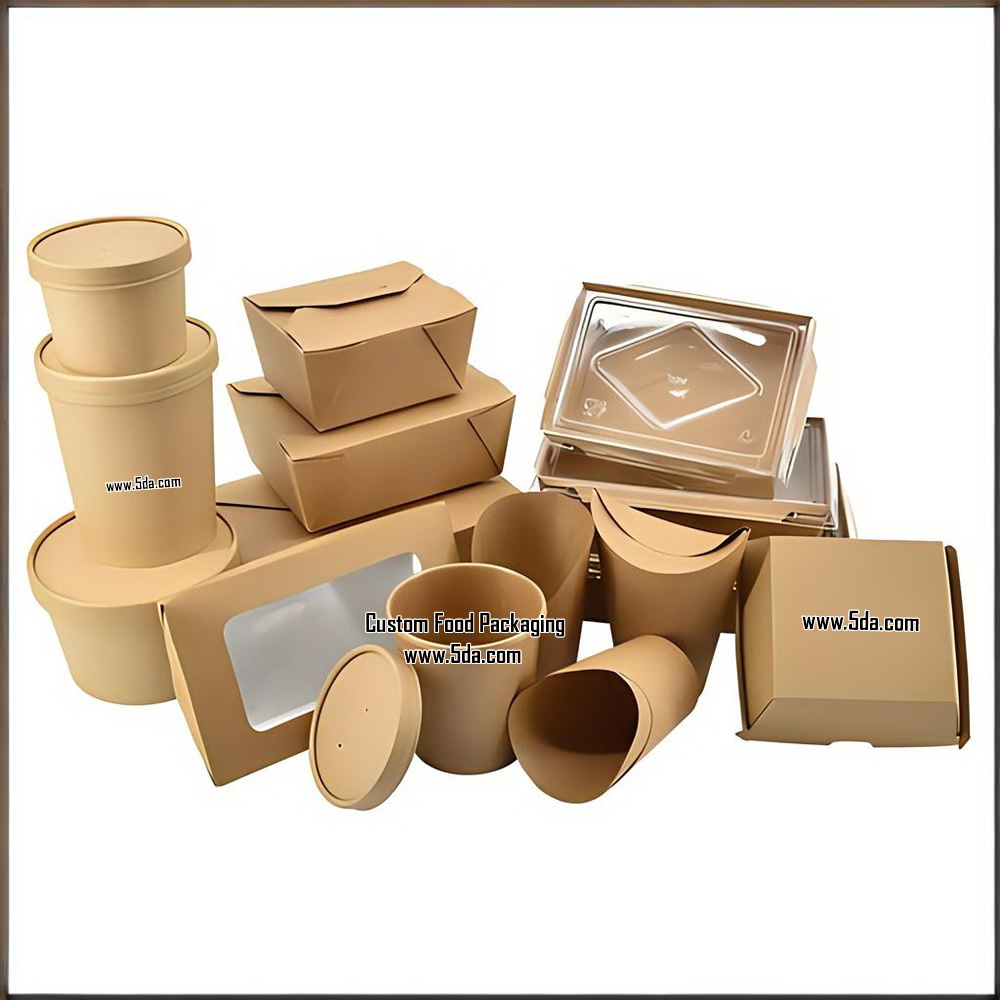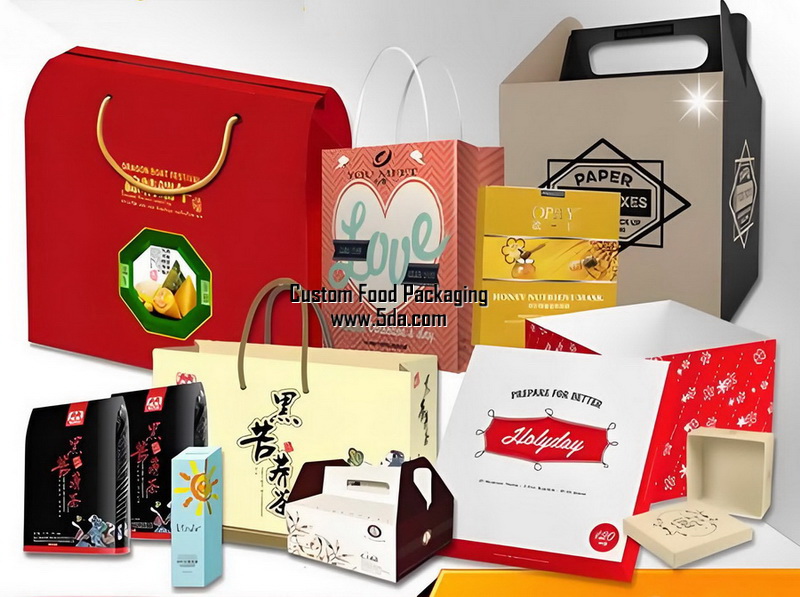The Evolution from Plastic Food Containers to Biodegradable

The Evolution from Plastic Food Containers to Biodegradable Alternatives: A Step Forward for Environmental Protection
In today's fast-paced world, the use of plastic food containers has become ubiquitous, from takeaway meals to school lunches. However, the environmental impact of these non-biodegradable items is becoming increasingly apparent, necessitating a shift towards more sustainable alternatives. The evolution from plastic food containers to biodegradable ones represents a significant step forward in environmental protection.
Plastic food containers, though convenient, are a major contributor to the global plastic pollution crisis. They often end up in landfills, taking hundreds of years to decompose, or worse, they find their way into our oceans, harming marine life and disrupting ecosystems. Additionally, the production of plastics involves the release of greenhouse gases, contributing to climate change.
The rise of biodegradable food containers offers a promising solution. These containers are made from materials that can break down naturally, either through microbial action or exposure to sunlight and oxygen. Common biodegradable materials include starch-based plastics, polylactic acid (PLA), and even plant fibers like bamboo and sugarcane.
The adoption of biodegradable food containers has numerous environmental benefits. Firstly, they significantly reduce the amount of plastic waste entering landfills and oceans. Secondly, their production process tends to be less harmful to the environment, as they often require less energy and emit fewer greenhouse gases. Furthermore, biodegradable containers can be composted, returning nutrients to the soil and promoting a circular economy.
The transition to biodegradable food containers is not without challenges. Cost is often a factor, as biodegradable materials tend to be more expensive than traditional plastics. However, with advances in technology and increasing demand, the prices of these alternatives are becoming more competitive. Additionally, consumer education and awareness are crucial in driving the adoption of biodegradable containers.
In conclusion, the evolution from plastic food containers to biodegradable alternatives is a necessary and beneficial shift for environmental protection. It reduces plastic pollution, mitigates climate change, and promotes a circular economy. As society becomes more aware of the environmental impacts of our actions, the adoption of biodegradable food containers is expected to gain momentum, paving the way for a greener and more sustainable future.



 Food Packaging
Food Packaging


